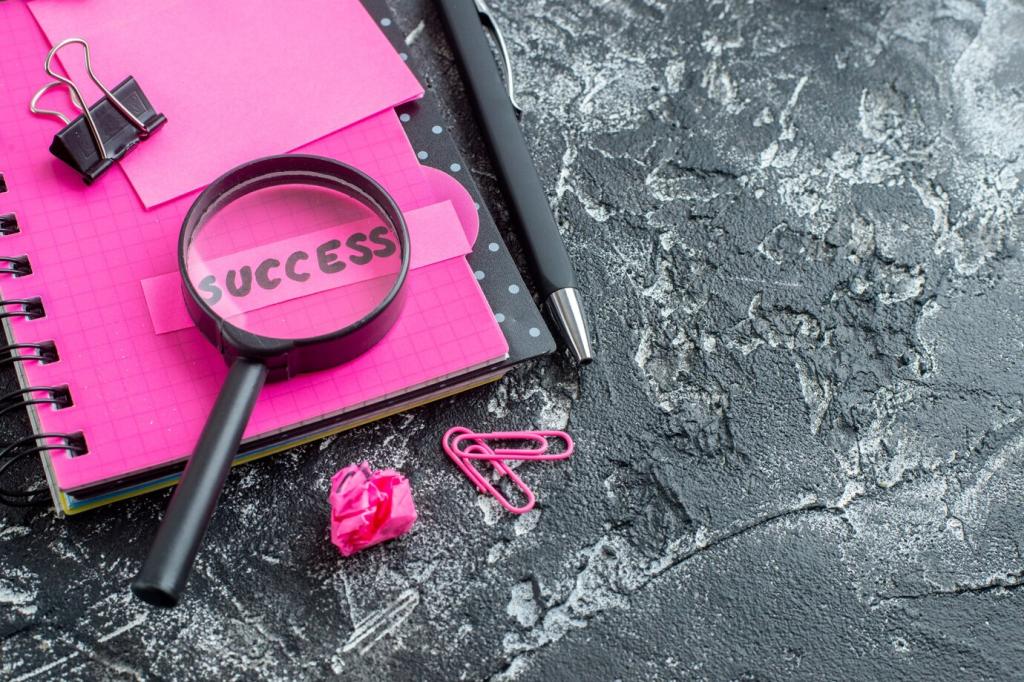Mindfulness and Stress Reduction Techniques: Start Feeling Lighter Today
Today’s chosen theme: Mindfulness and Stress Reduction Techniques. Welcome to a calm corner of the internet where you can breathe, reset, and learn practical ways to steady your mind. Join us, try a practice, and tell us what helps you most.
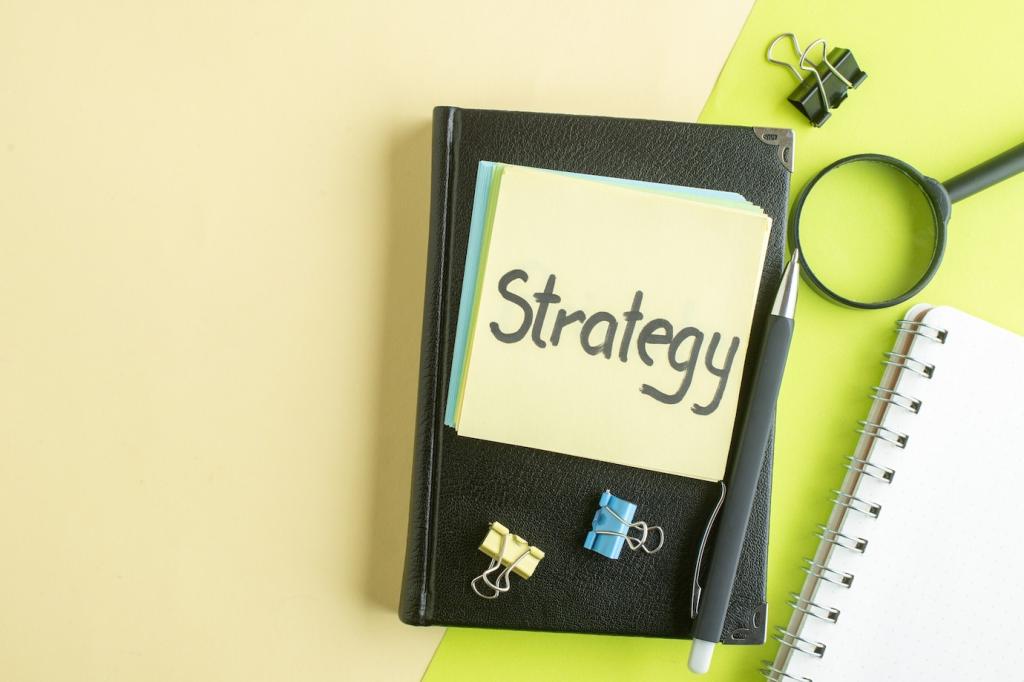
What Mindfulness Really Means for Stress Relief
01
From Fight-or-Flight to Rest-and-Digest
Stress pushes your body into high alert, firing up cortisol and tightening muscles. Mindfulness shifts you toward rest-and-digest by anchoring attention in breath, body, and senses. Notice your jaw, soften your belly, feel your feet. With practice, your nervous system learns a gentler baseline.
02
Attention Training, Not Thought Erasing
Mindfulness is not emptying your mind. It is training attention to notice wandering and return kindly. Over time, this strengthens executive control, reduces rumination, and gives you space to respond rather than react. You still have thoughts—just fewer runaway trains pulling you along.
03
Evidence You Can Feel
Studies show mindfulness can lower cortisol, improve heart rate variability, and reduce perceived stress within weeks. Even more convincing is your own experience: a softer breath, slower pulse, clearer choices. Try a technique today, then share in the comments what felt different in your body.

Box Breathing in Four Simple Counts
Inhale for four, hold for four, exhale for four, hold for four—repeat four rounds. This steady rhythm gently stabilizes attention and downshifts stress. Many high-performers use it before high-stakes moments. Try one minute now and tell us in a comment how your mood changes.
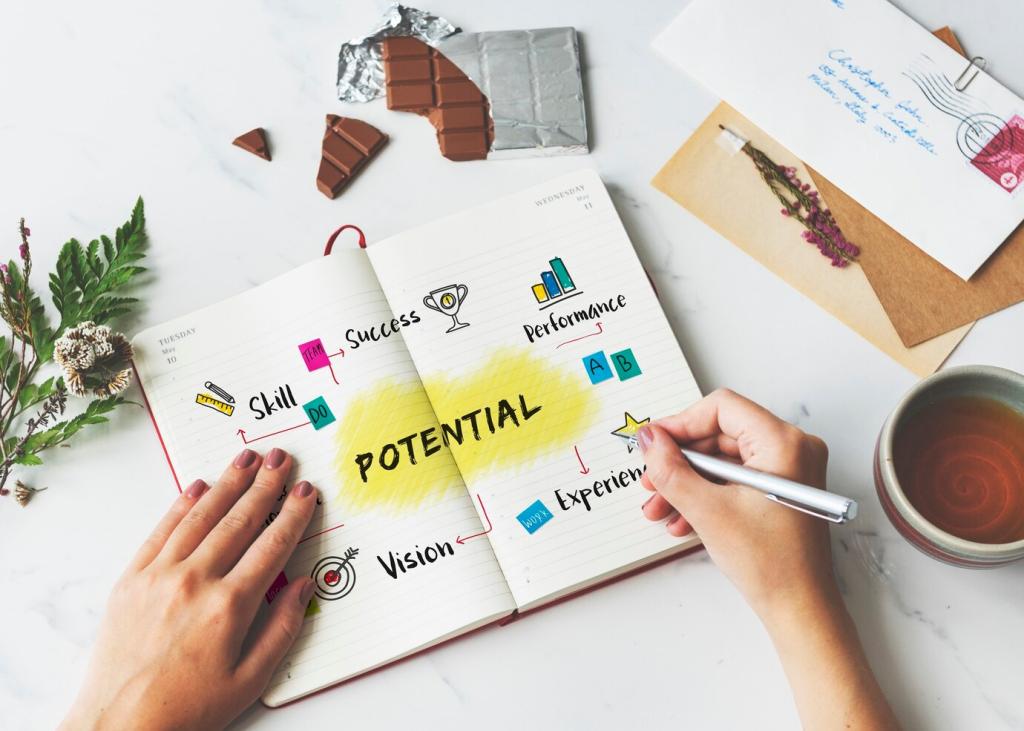
Extended Exhale to Nudge the Vagus Nerve
Breathe in for four counts, out for six to eight. The longer exhale nudges the vagus nerve, signaling safety to your body. You may feel shoulders drop and heartbeat ease. Use this before a difficult call, then note in your journal how your tone and words improved.

Rescue Breath for Surprising Stress Spikes
Try the physiological sigh: a deep inhale, a small top-up inhale, then a long, slow exhale. Two to three rounds can swiftly reduce tension and steady your focus. It’s discreet enough for elevators or doorways. Test it today and share where it helped you most.
Body and Movement Practices
Progressive Muscle Relaxation, Head to Toe
Gently tense a muscle group for five seconds, then release for ten. Move from feet to face. This contrast teaches your body to recognize gripping and let go. Many notice hidden jaw tightness or clenched shoulders. Ten minutes can reset your nervous system before evening.
Mindful Walking You Can Do Between Tasks
Walk for ninety seconds and feel each footstep, your breath, temperature, and sounds. Notice three things you see, two you hear, one you feel. No need for special clothing or a destination. Use hallway walks between meetings, then tell us your favorite micro-route for clarity.
Posture Check That Changes Your Mood
Lengthen your spine, soften your belly, relax your jaw, and drop your shoulders. Posture influences breath depth and emotional tone. A softer belly invites deeper breathing, which calms the system. Set a reminder on your phone for two posture checks daily and report the difference.
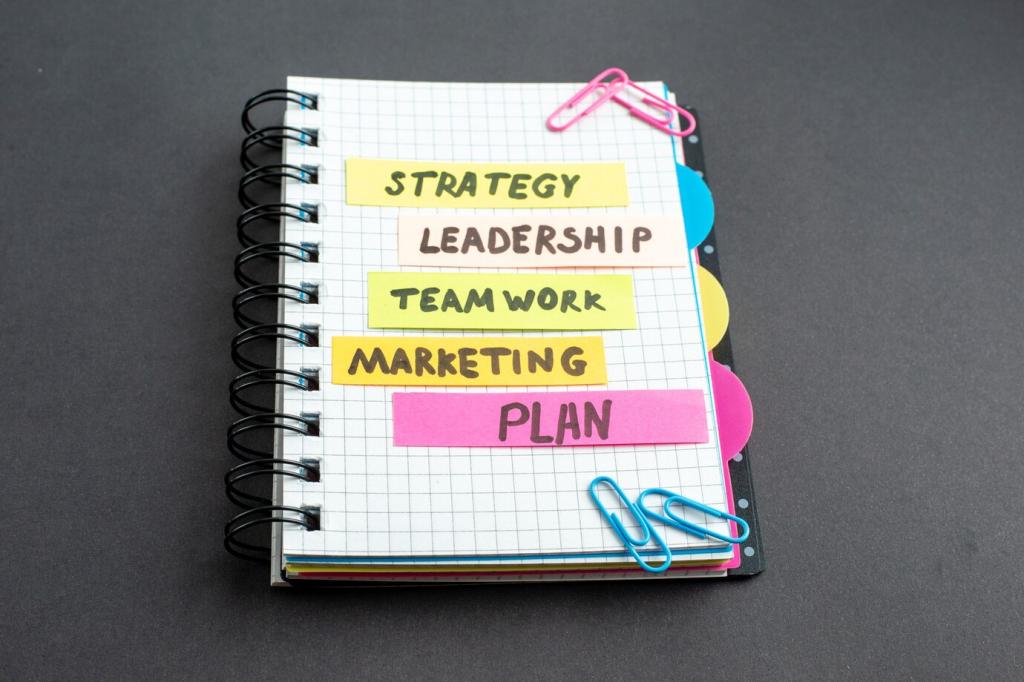
Mindfulness at Work Without Awkwardness
Begin meetings with one silent minute. Eyes open or closed, just breathe together. Teams often report fewer interruptions and clearer decisions. One manager told us conflict softened within weeks. Try it with your next agenda and share how the room’s energy shifts afterward.
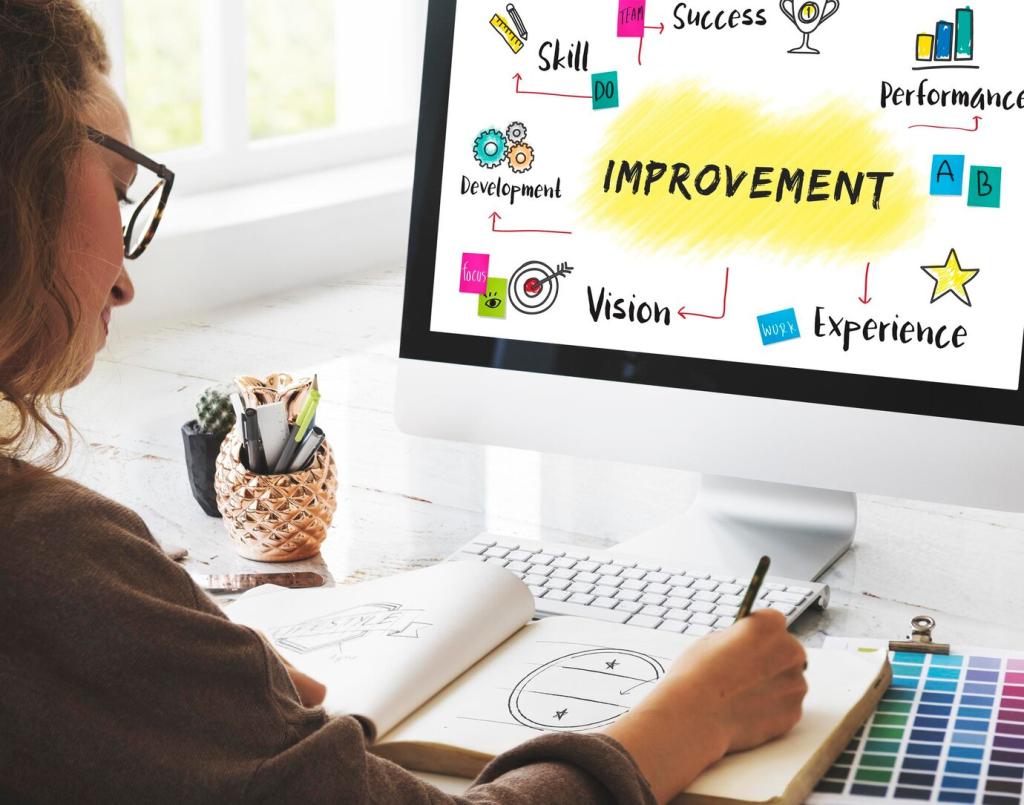
Evening Wind-Down and Sleep
Aim for a thirty-to-sixty-minute screen break before bed. Blue light and scrolling keep the brain alert. Set an alarm labeled “Offline, Breathe, Dim.” Replace doomscrolling with soft light and stretches. Tell us your ideal cutoff time so others can experiment with it tonight.
Evening Wind-Down and Sleep
Lie down and move attention slowly from toes to forehead. Name sensations without fixing them—warm, tingle, buzz, tight, soft. If the mind wanders, kindly return. Many drift off before finishing. Try the scan for seven nights and share any surprising areas that softened.
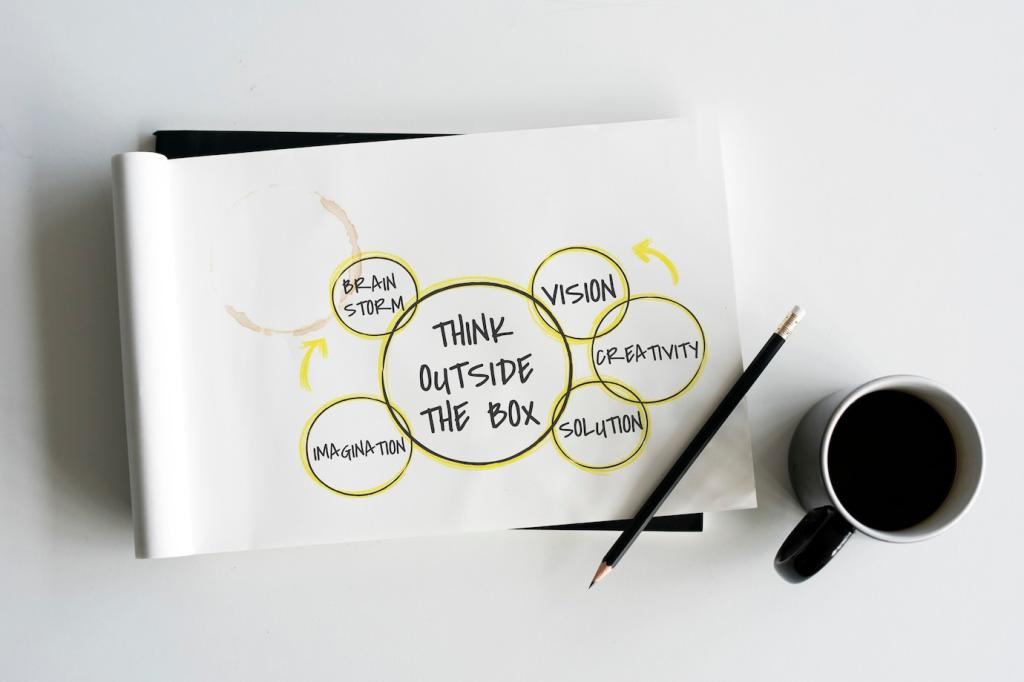
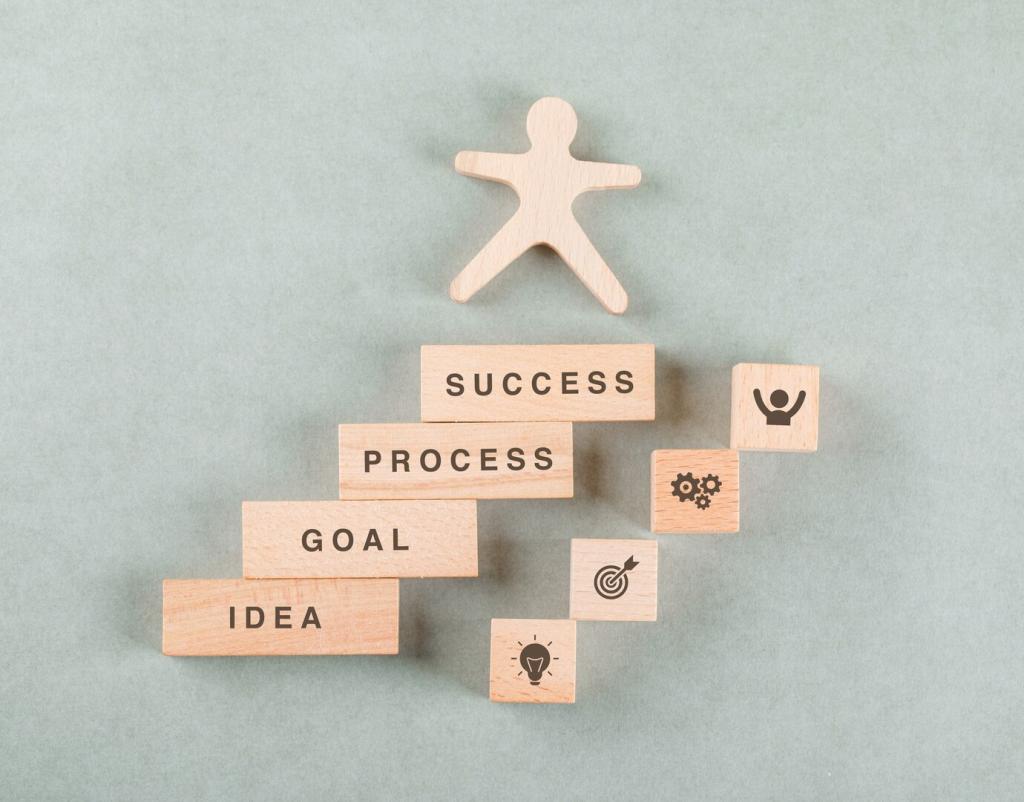


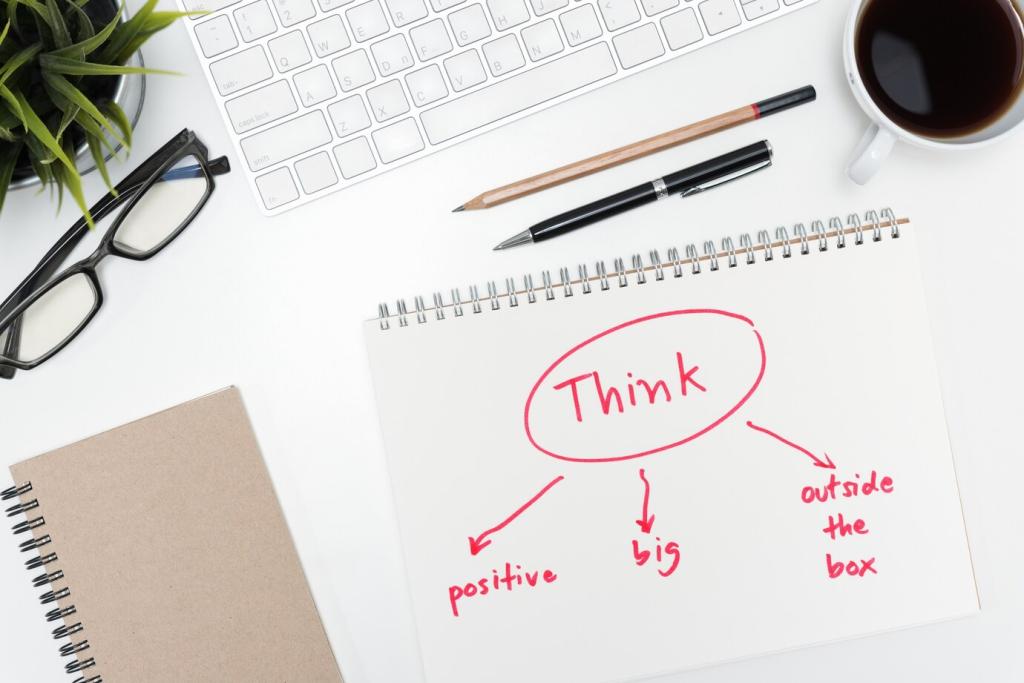
Anchor practices to daily moments you already do: three breaths after buckling your seatbelt, a body scan while the kettle heats, or gratitude during toothbrushing. Attaching new habits to old ones reduces friction. Share your favorite stack so readers can borrow and try it tomorrow.
